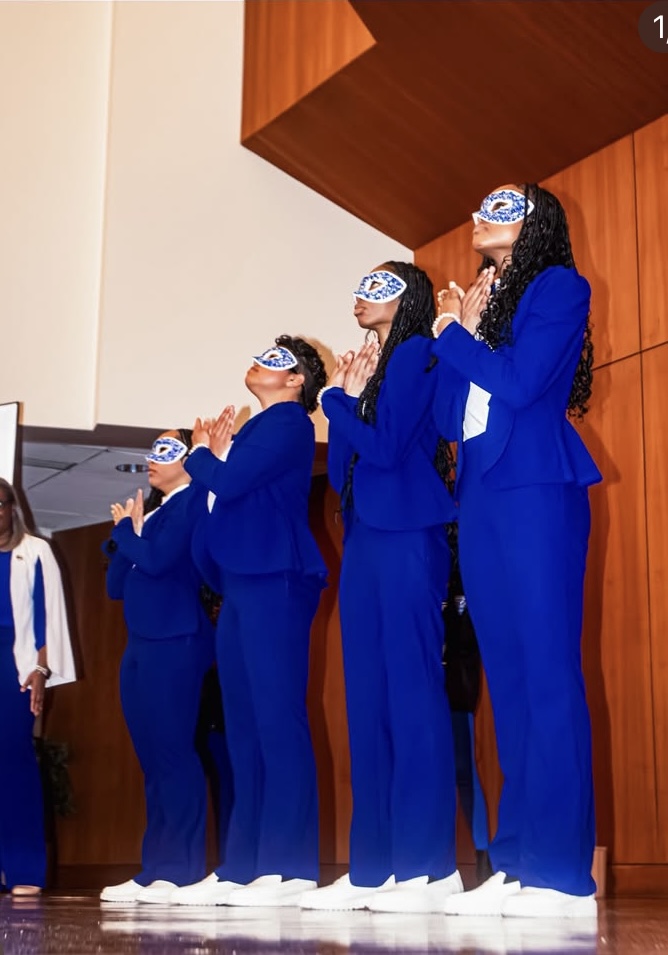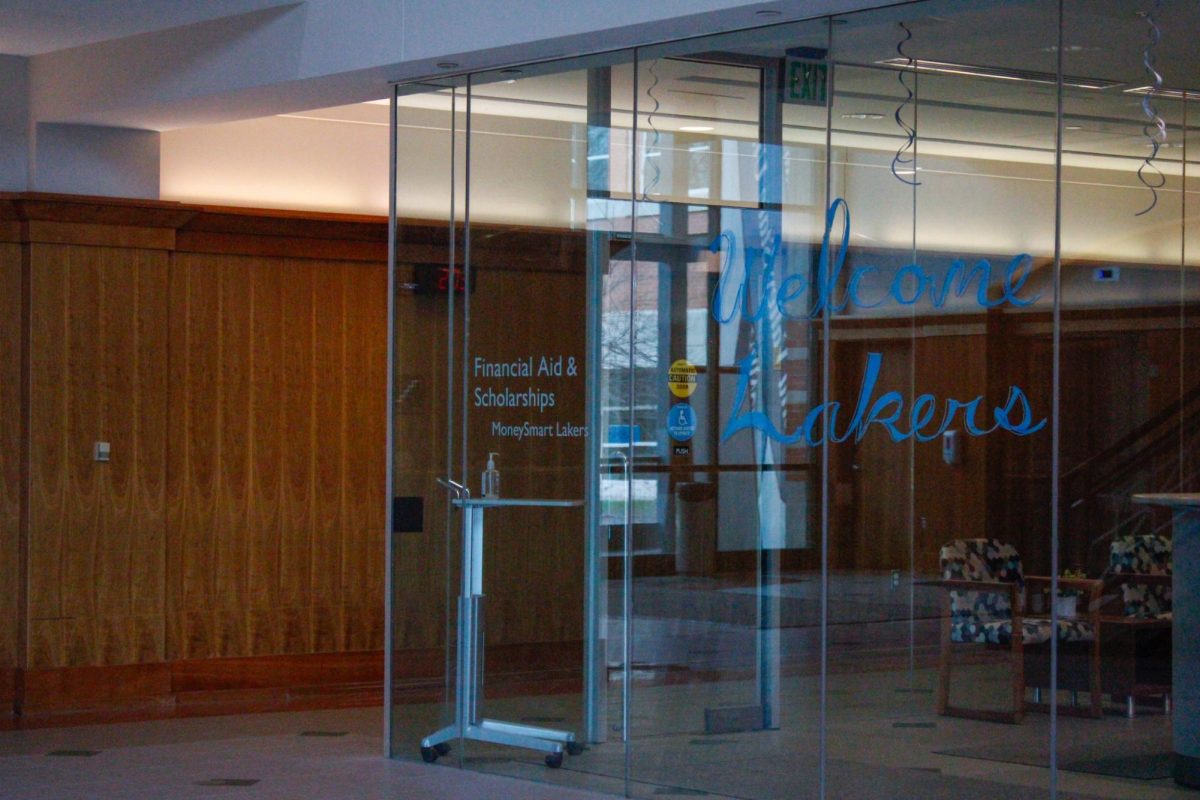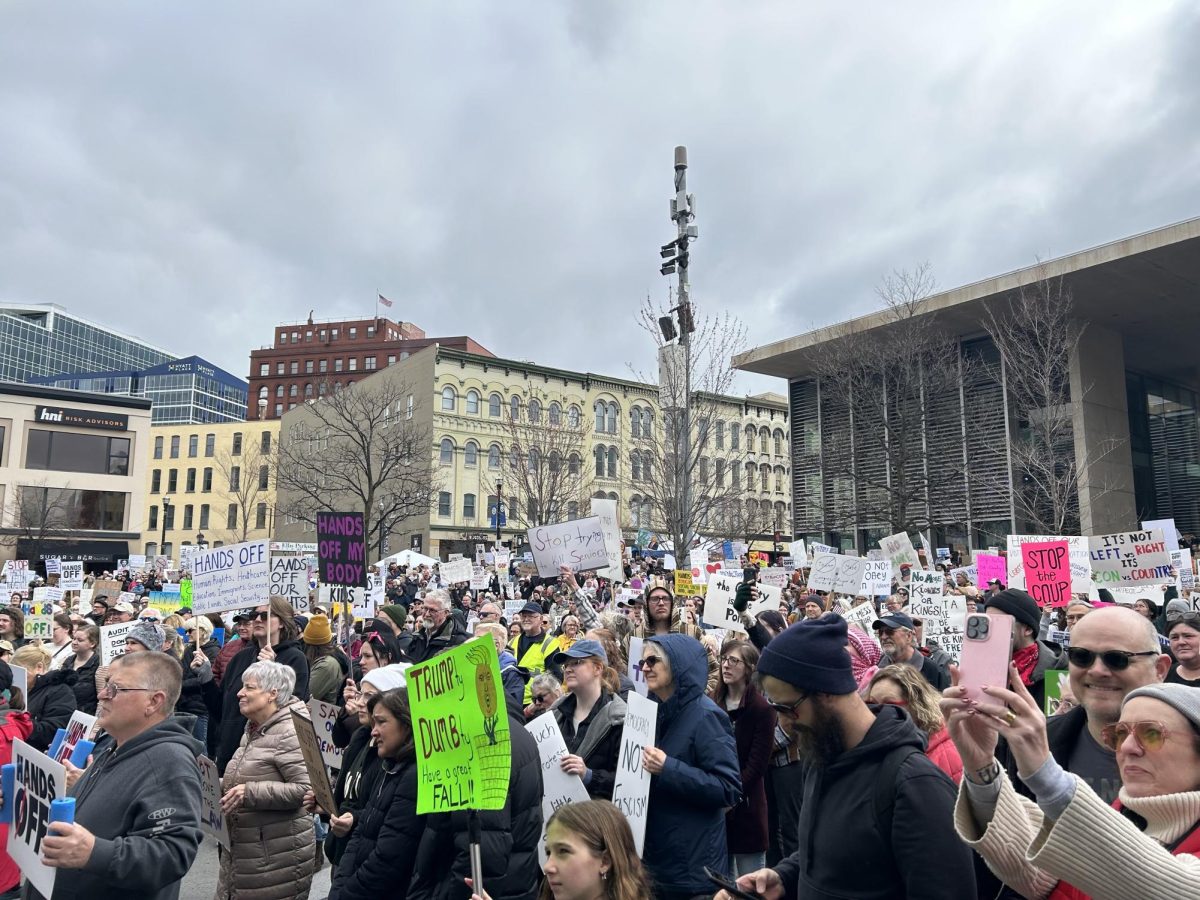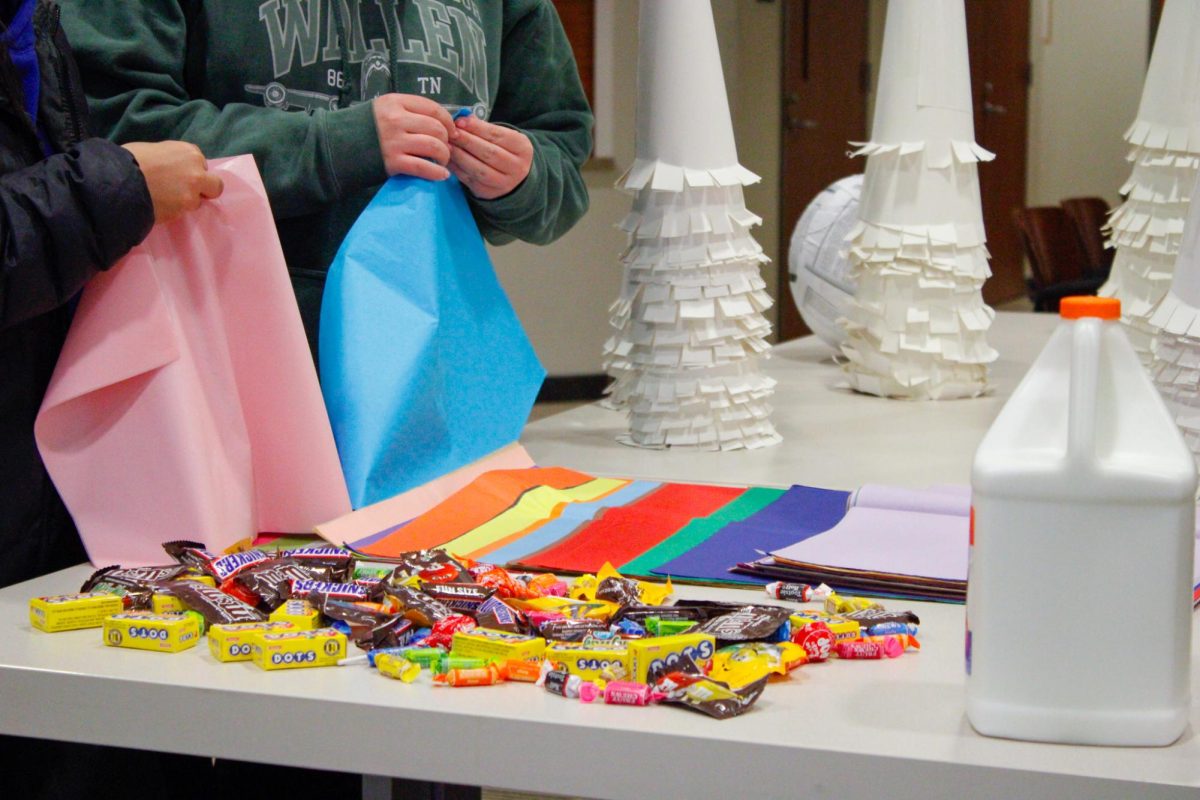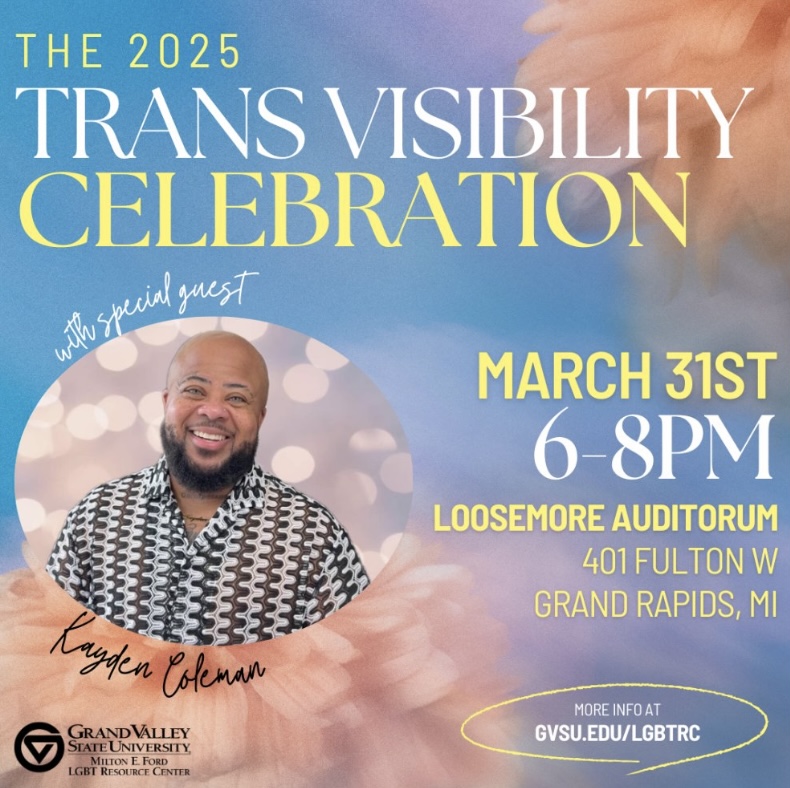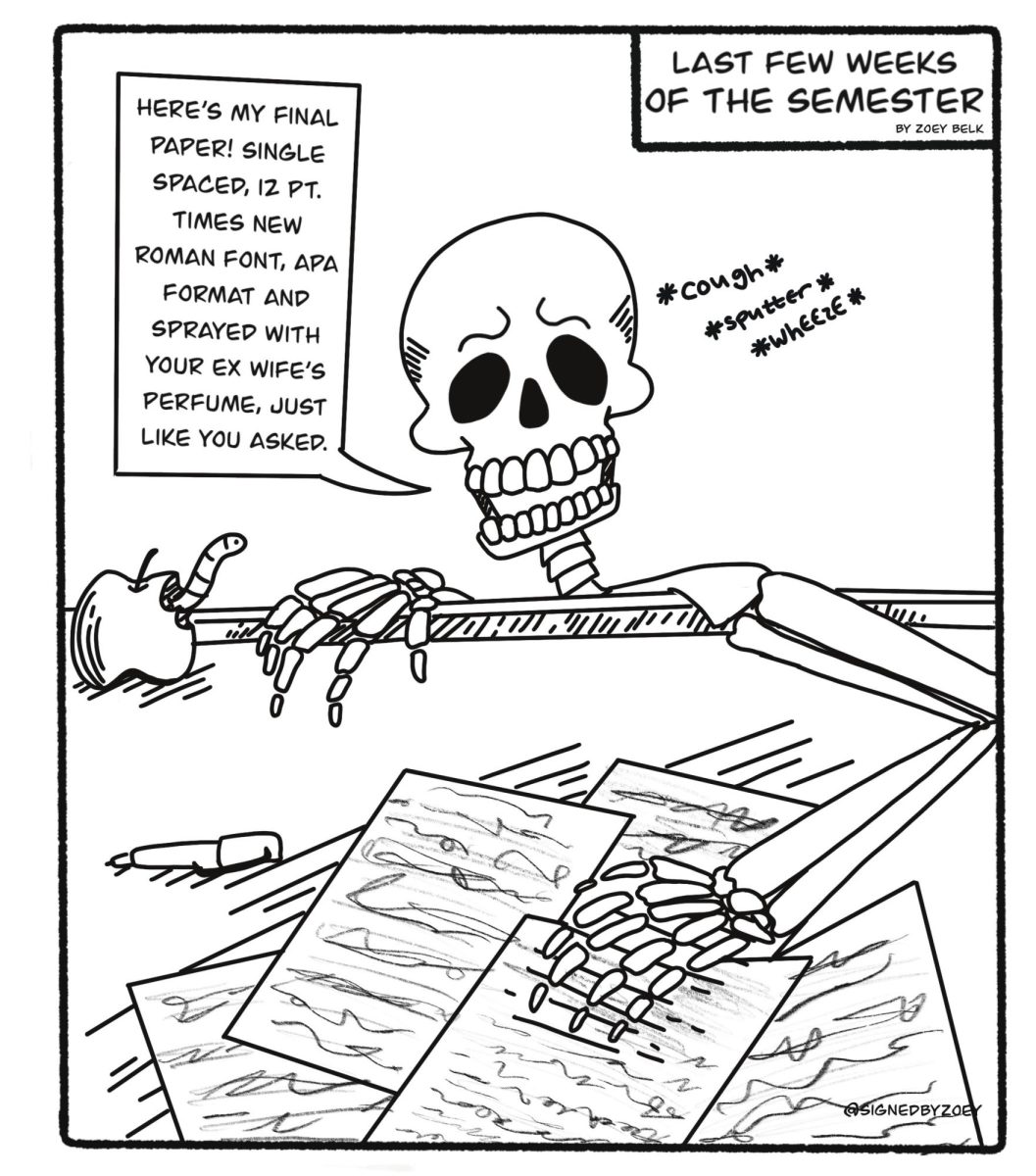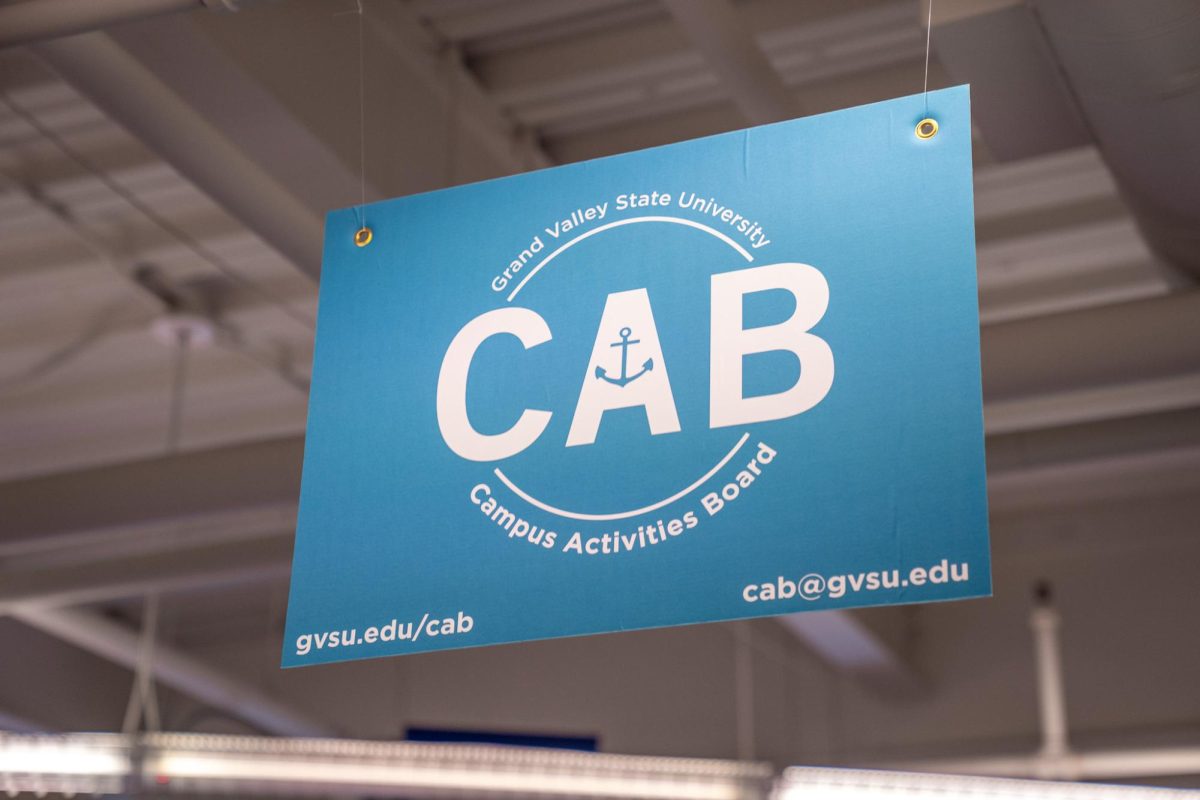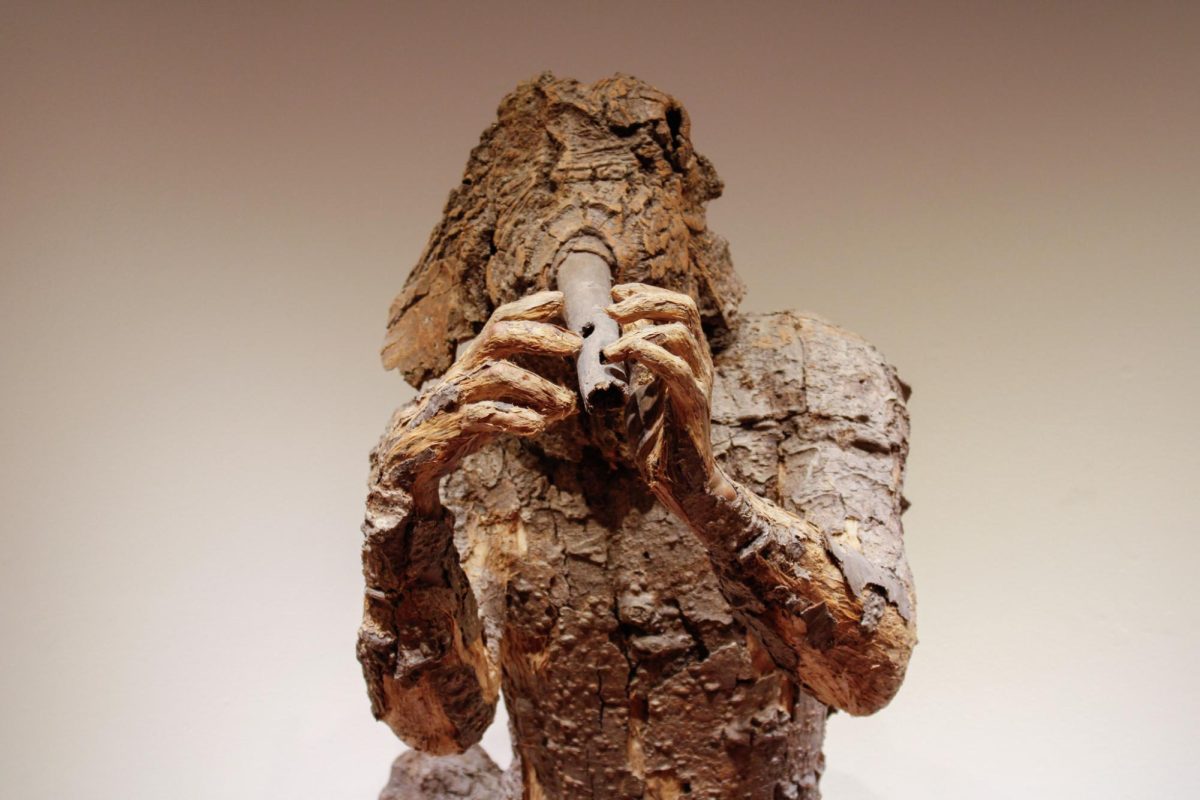Considering the things forgotten after Queen Elizabeth II’s death
Sep 19, 2022
As you might have heard, Queen Elizabeth II died on September 8, 2022, after being only the sixth female monarch and the longest to reign in British history.
She witnessed 14 U.S. Presidential elections, countless wars, Beatle-mania and the invention of color television during her reign as monarch. When the queen was coronated, my relatives living in Little Rock, Arkansas didn’t even have a refrigerator in their home.
Nonetheless, much like my relatives in the South, Queen Elizabeth II appeared to have made the best out of what she was given.
Upon hearing about the queen’s passing, I took to Twitter for insight into how the rest of the world was reacting to this news. Blame my naivety, but I was surprised by what I came across. On one hand, you had people expressing their grief and sadness about the queen’s passing, and on the other, you had people digging her grave before the announcement of when and where the funeral was even made.
Becoming aware of this dichotomy in opinions piqued my interest enough to figure out what exactly was her role as a sovereign and her relationship with acts of violence and suppression carried out by the British government.
To understand the present, we must first understand the past.
A Change in Dynamics
Arguably, the first straw put on the camel’s back occurred during the reign of controversial King Charles I. His belief in God placing the throne above any earthly laws passed by Parliament created ongoing problems between him and the British government. This feud culminated in Charles terminating Parliament and ruling without it for 11 years.
By this point in the throne and Parliament’s relationship feelings were strained beyond the point of return which led to gruesome civil wars beginning in 1642. Seven years later King Charles I was beheaded.
What is considered the real turning point in the relationship between the monarchy and Parliament transpired after the accession of King James II in 1865. James’s Declaration of Indulgence was issued in 1687 and 1688. Growing ties with France and the birth of James’ son were the final breaking points, which caused seven prominent Englishmen to write William of Orange to bring his army and act on the nation’s behalf in addressing their plight with James.
The Declaration of Rights, later known as the Bill of Rights, was signed and in it lay the largest restriction of power placed on any monarch in history. The Bill included laws, but was not limited to, Roman Catholics being barred from the throne, negating the crown’s power to suspend laws and rebuking the power of bestowing laws “as it hath been exercised and used of late.”
The revolution set into play the diminishing of power in the monarchy and the increase of power in the Parliament.
Queen Elizabeth II’s Role as Monarch
As of recent times, monarchs are meant to reign, not rule. Under the U.K. constitution, the throne is supposed to follow the government’s advice while keeping, mostly, a hands-off approach when it comes to politics.
“She divorced herself from the direction of the country’s politics because that’s not something she’s supposed to interfere with and she respected that,” Denice Fett, a professor of history at Grand Valley State University, said. “But on other issues where a symbolic and covert gesture could be made, she had more liberty to do so.”
For instance, in 2003 Saudi Arabia’s Crown Prince Abdullah made a visit to Balmoral, the royal family’s castle in Scotland. She offered Abdullah a tour around the estate and before Abdullah knew it, he was being driven around by Queen Elizabeth II. Noting that Abdullah ruled over a country where driving for women was illegal, this proved to be a bold and symbolic gesture undertaken by the queen.
In a world that’s seen numerous monarchies abolished and sustained over the years, Fett said “You have to prove the worth, relevance, and cultural value (of the monarchy) to people.” With a limited role in exercising any hard power, the queen set out to make the throne more accessible to the population from her first day as sovereign.
Three months after the first televised coronation in United Kingdom history, the queen and her husband, Prince Phillip, set out on a six-month tour of the Commonwealth in November 1953, making history again by being the first reigning British monarch to visit Australia and New Zealand.
She became the first British monarch to visit the subcontinent of India in 50 years, South America in 1968 and the Persian Gulf countries in 1979. To mark her 25 years on the throne, Queen Elizabeth II traveled about 56,000 miles around the Commonwealth to celebrate the occasion in 1977.
“She was probably one of the most well-traveled human beings in history,” Fett said, pointing out the relentless travel schedule the queen kept up throughout most of her reign.
In addition to Elizabeth’s coronation being the first of its kind to be televised, in 1957 she decided to televise her annual Christmas broadcast for the first time. She engaged in many television appearances and for an admission fee, opened up the state rooms at Buckingham Palace to the public when she was not in residence.
Unfortunately, things haven’t been all travel, pageantry and driving around Saudia Arabian Princes in Land Rovers for Queen Elizabeth II.
Elizabeth’s Connection to Suppression
Eight years prior to Queen Elizabeth II becoming queen, Britain suffered a great loss when India gained its independence from the empire. As a result, African countries such as Kenya and Malaya became the apple of Britain’s eye because of their ability to produce cash crops and the number of white settlers that inhabited these colonies.
Much like the Native Americans in the U.S., this settler presence uprooted the indigenous people of these lands seemingly overnight and forced most of these individuals into overpopulated reserves. These indigenous people were exploited for their labor on different plantations.
A movement in these regions known as Mau Mau took place between 1952-1960, constructively an anti-colonial movement that saw 1.5 million people take an oath, “for their land and freedom.” Subsequently, a blood bath ensued as about 20,000 Mau Mau soldiers fought the British military in the jungle.
A bulk of the British’s time was spent detaining the Kikuyu population, who took the aforementioned oath and were put in detention camps without trial. The majority of people that inhabited these camps were women and children being detained in a process called, “villagization,” where they are placed into barbed-wire villages.
In an effort to break the will of these individuals and bring them back under British colonial rule, systematized violence, brutality and torture were all methods by the British imperialist. Even forced labor and starvation were policies carried out to intimidate this rebellious population.
With these cruel acts being done under the reign of Queen Elizabeth II, it begs the question of how much did she know about these kinds of atrocities being carried out in colonies like Kenya?
“There’s absolutely no extant documentary evidence directly linking (Queen Elizabeth II) to knowledge of systematic violence and cover-up in the empire,” said Caroline Elkins in a recent “Vox” interview.
Elkins released a book entitled, “Legacy of Violence: A History of the British Empire,” earlier this year. Elkins pointed to the fact that the queen was known for her remarkable knowledge of foreign affairs and it’s doubtful to believe she was hidden, completely, from the horrors taking place in countries like Kenya.
What’s public knowledge is that Queen Elizabeth II had been lied to by high-ranking officials about the cruelties taking place in these colonized countries. When 11 detainees were killed in Kenyan detention camps, the British government was not able to cover up these incidents, sparking public outrage. Harold McMillian (Prime Minister from 1957 to 1963) wrote in his diary that he told Elizabeth these were essentially the result of minor officials and Alan Lennox-Boyd, the colonial secretary, bore no fault at all.
With Lennox-Boyd’s direct involvement in the killings, this journal entry proved to be evidence of a Prime Minister not only lying to the queen, but to Parliament and the public as well.
The heinous acts exhibited in Kenya are not a one-off story at the hands of the British Empire, as we can look to the Suez Canal Crisis of 1956 for another example of abominations carried out under Queen Elizabeth II’s name.
I think the question will always remain about to what extent Queen Elizabeth II knew what was going on in her own backyard.
The Monarchy Moving Forward
“(The monarchy) is a cultural touchstone that serves as a unifying factor that has to be accessible, relevant and shows its purpose, which should be interesting to see how it’s handled going forward,” Fett said.
This puts King Charles III in somewhat of an interesting predicament as he now carries out a role with less political involvement than what he had as Prince of Wales. Judging by the number of grey hairs former President Obama left office with, Charles taking a lesser political role may be beneficial to his health.
Watching him establish the same kind of continuity exemplified by his mother should be interesting, also, as seeing how she nearly ruled as many years as Charles has lived on this earth. For many people, Queen Elizabeth II was all they knew as a monarch, so an adjustment period will definitely be in play as Charles, soon to be 74 years old, settles into his new role as sovereign.
In talking more about the challenges the new monarch of the Commonwealth is going to face post-Queen Elizabeth II, Fett said “Charles is going to have to face the question of what role is the monarch meant to serve for the people.” The level of transparency embedded by the Queen will have to increase. Particularly on the financial side, as the throne holds an absorbent amount of wealth mostly propped up by its citizens.
With the U.S. not having anything resembling what the monarch is for Britain, it becomes tough to comprehend the throne’s magic. Our Presidency may be the closest thing, yet we the people elect our President (unless the electoral college feels differently) and our President has more executive power than the monarchy (even though it’s slight).
Queen Elizabeth II’s passing has ignited new debates around the relationship between Britain’s throne and its government. While I hope for these conversations to continue, I think it’s important to take a second to remember with the queen’s passing someone has lost a family member.
No matter if you loved, hated or had no opinion of her, there will come a time when the one you love is no longer here for you to call, kiss or hug. Some of us already know what that pain feels like.
With the above in mind, I send the royal family my condolences.












